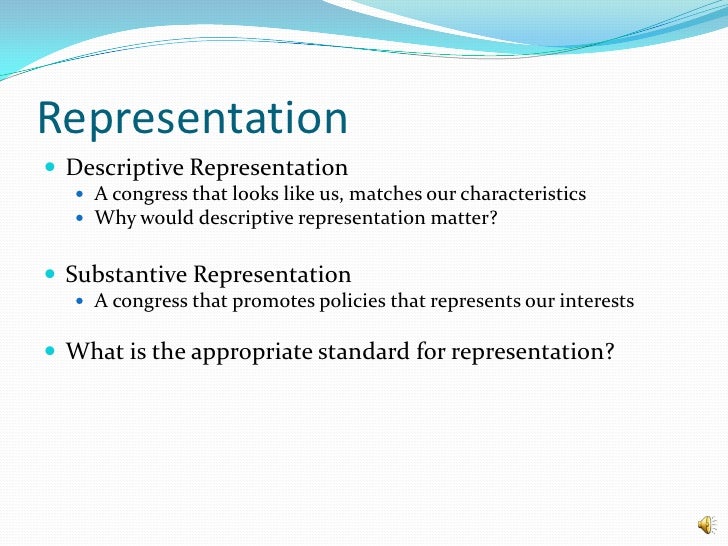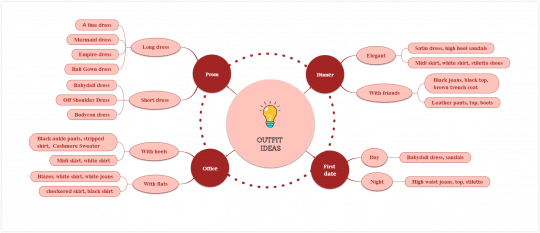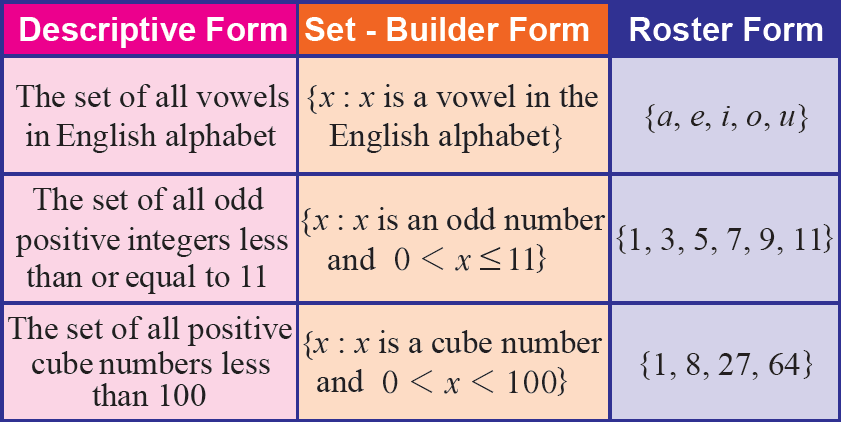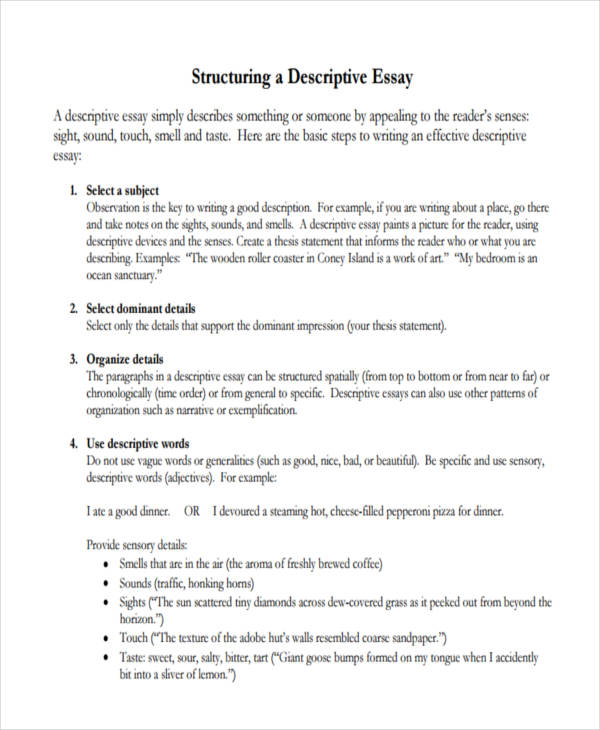Which Of The Following Are Examples Of Descriptive Representation

Imagine a bustling town hall meeting. Voices rise and fall, a tapestry of accents and opinions weaving through the room. You see a young mother advocating for better childcare, a retired veteran championing senior services, and a small business owner pushing for economic reforms. Does this diverse group simply reflect the demographics of their community, or is something more profound at play?
This leads us to the heart of the matter: understanding descriptive representation. It’s not merely about who is at the table, but whether that "who" mirrors the "who" of the people they represent. It asks: are our representatives, in their backgrounds, experiences, and identities, a reflection of the diverse constituencies they serve?
Defining Descriptive Representation
At its core, descriptive representation posits that a representative body should mirror the demographic characteristics of the population it represents. This includes factors such as race, ethnicity, gender, religion, socioeconomic background, and sexual orientation.
Think of it as a mosaic. The more accurately the mosaic reflects the colors and textures of the community, the stronger the descriptive representation.
It’s important to distinguish descriptive representation from substantive representation. Substantive representation focuses on whether representatives act in the best interests of their constituents, regardless of their background.
Examples of Descriptive Representation
Let’s explore some concrete examples to solidify our understanding.
A Parliament with Gender Parity
Consider a country where women make up 50% of the population. If the parliament also has approximately 50% female representation, that's a strong indicator of descriptive representation based on gender.
This parity doesn't guarantee that all women's issues will be addressed effectively, but it does increase the likelihood that diverse perspectives will be considered.
Countries like Rwanda, Cuba, and Nicaragua have achieved relatively high levels of female representation in their national legislatures.
A City Council Reflecting Racial Diversity
Imagine a city with a significant African American population. If the city council also reflects that demographic makeup, it's an example of descriptive representation based on race.
This means having council members who understand the lived experiences and challenges faced by the African American community, potentially leading to more informed policy decisions.
The Congressional Black Caucus in the United States, for instance, strives to ensure that the interests of African Americans are represented in the U.S. Congress.
A Legislature Representing Different Socioeconomic Backgrounds
A legislature composed solely of individuals from wealthy backgrounds might struggle to understand the needs of working-class families.
Descriptive representation in this case would mean having representatives who come from diverse socioeconomic backgrounds, including those who have experienced poverty or financial hardship.
This ensures that policies address the needs of all socioeconomic strata, not just the privileged few.
A Congress with LGBTQ+ Representation
Historically, LGBTQ+ individuals have been underrepresented in political bodies. When a legislature or congress includes openly LGBTQ+ members, it provides a voice and perspective that might otherwise be absent.
This can lead to greater understanding and support for LGBTQ+ rights and issues.
The increased visibility of LGBTQ+ representatives serves as an important symbol of inclusion and acceptance.
The Significance of Descriptive Representation
Why does descriptive representation matter? It goes beyond simply ticking boxes on a diversity checklist. It fosters trust and legitimacy in government.
When people see themselves reflected in their representatives, they are more likely to feel that their voices are being heard and that their interests are being considered.
It also enriches the policymaking process. Diverse perspectives lead to more comprehensive and nuanced solutions.
Furthermore, descriptive representation can inspire future generations to become politically active. Seeing someone who looks like you or shares your background in a position of power can be incredibly empowering.
Challenges and Criticisms
While descriptive representation is valuable, it's not without its challenges. Critics argue that simply having a representative who shares your identity doesn't guarantee that they will advocate for your interests.
Substantive representation is equally important. A representative must be willing and able to champion the needs of their constituents, regardless of their shared background.
Another challenge is ensuring that representatives from underrepresented groups are given the resources and support they need to succeed. They may face systemic barriers or biases that hinder their ability to effectively represent their constituents.
Furthermore, some argue that focusing solely on descriptive representation can lead to identity politics and division. It's important to strike a balance between representation and shared values and goals.
Moving Forward
Achieving meaningful descriptive representation requires ongoing effort. This includes promoting diverse candidate recruitment, addressing systemic barriers to political participation, and fostering a more inclusive political culture.
It also requires voters to be informed and engaged, to elect representatives who truly reflect their values and priorities.
We must continue to strive for a political landscape where everyone feels seen, heard, and represented.
Ultimately, the most effective form of representation combines both descriptive and substantive elements. We need representatives who not only reflect the diversity of our communities but also actively work to improve the lives of all their constituents.
The image of that bustling town hall meeting stays with us. It reminds us that democracy thrives when everyone has a seat at the table and a voice that is valued. The pursuit of descriptive representation is not merely about demographics; it’s about building a more just, equitable, and representative society for all. It's about ensuring that our leaders truly reflect the rich tapestry of the people they serve.


















